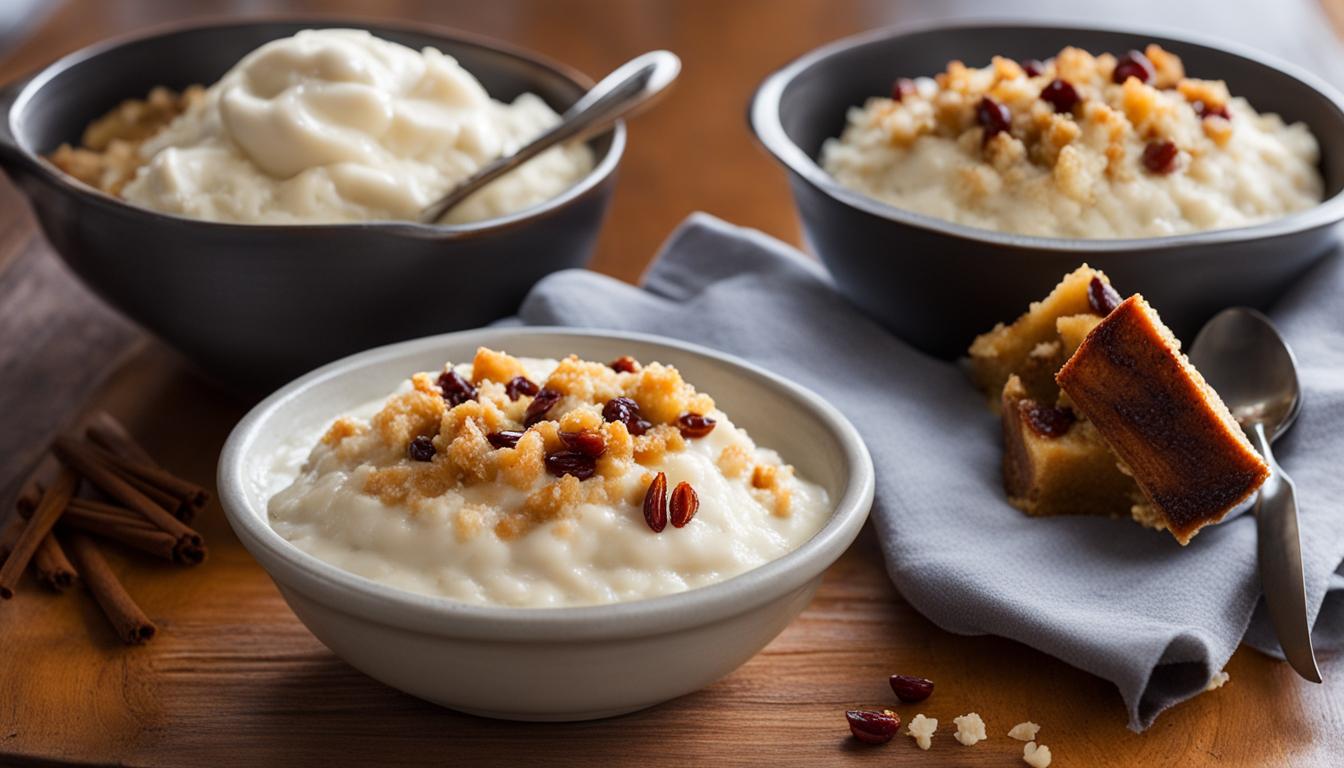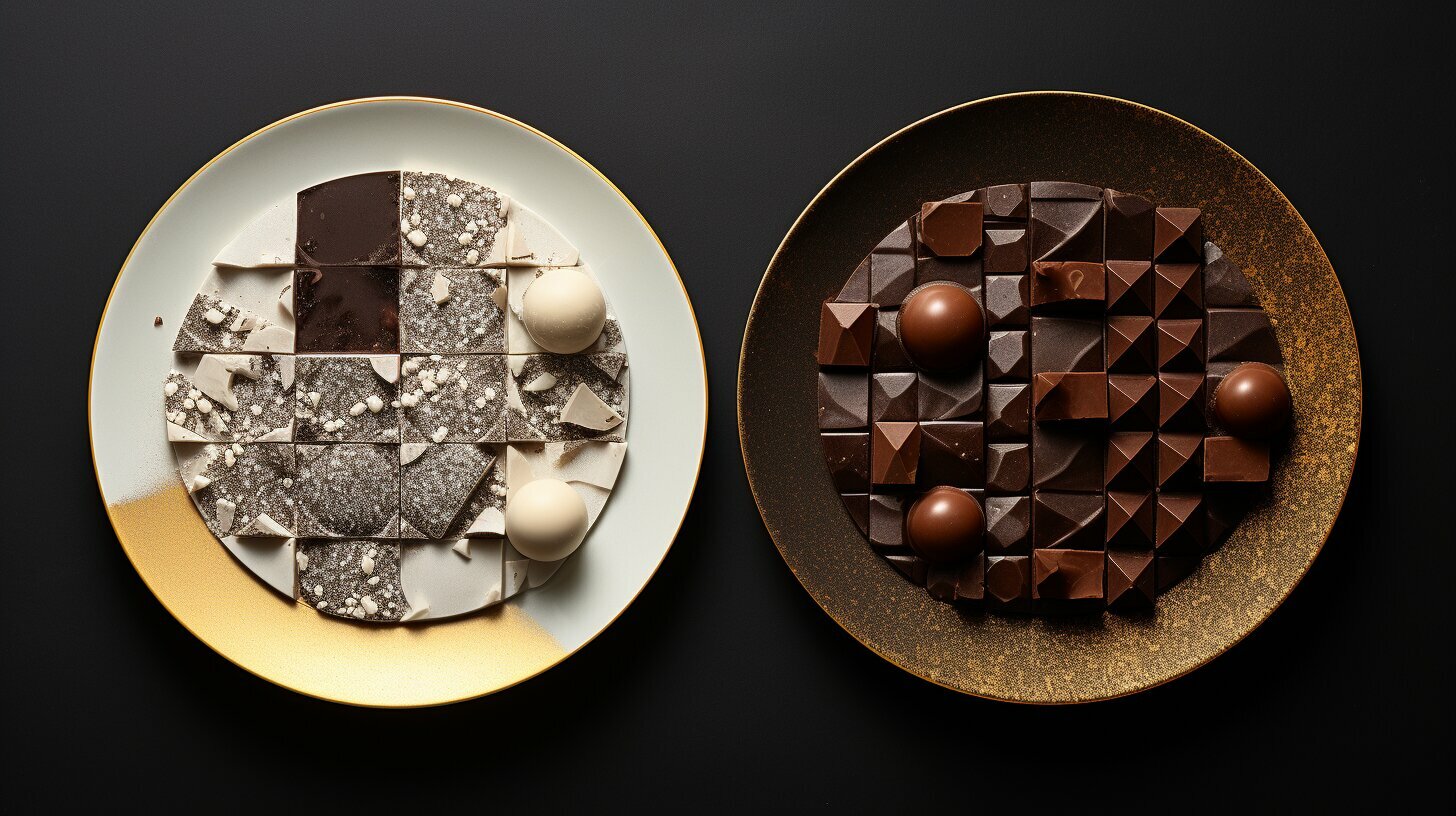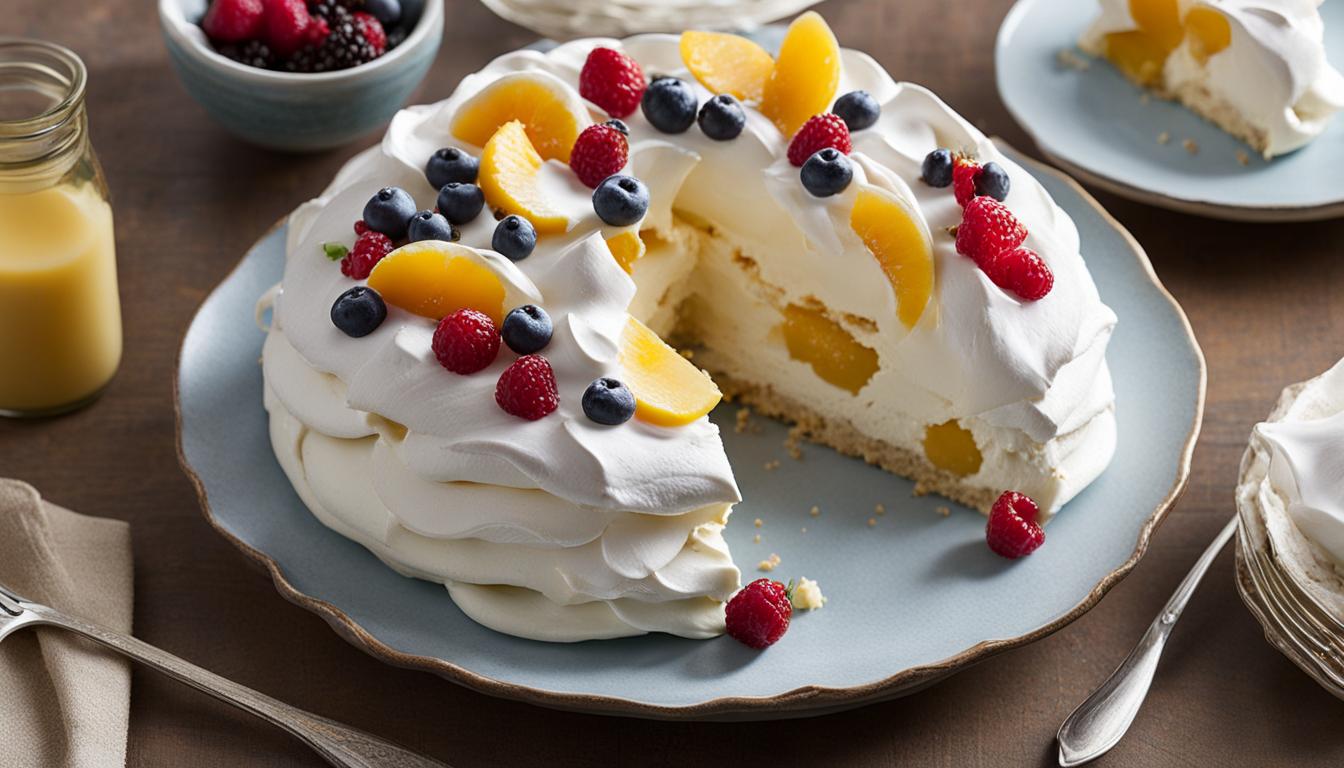Whether you’re a professional cake decorator or a baking enthusiast, it’s important to know the difference between fondant and buttercream icing. Fondant and buttercream are two of the most popular cake icing options used to achieve different decorating techniques and styles. While both types of icing can transform a plain cake into a masterpiece, they differ greatly in terms of texture, taste, and ease of use.
Fondant icing is a pliable sugar dough that gives cakes a smooth and polished finish. It is made from a mixture of sugar, corn syrup, and gelatin and is rolled out like dough to cover the cake. Whereas, buttercream icing is a whipped mixture of butter, sugar, milk, and vanilla extract that is spread or piped onto the cake. Both types of icing have their own unique pros and cons, and choosing the right one for your cake decorating project can make all the difference.
Key Takeaways:
- Fondant and buttercream icing are two of the most popular cake icing options used for decorating cakes.
- Fondant is a pliable sugar dough that gives cakes a smooth and polished finish.
- Buttercream is a whipped mixture of butter, sugar, milk, and vanilla extract that is spread or piped onto the cake.
- The choice between fondant and buttercream depends on personal preference, desired aesthetics, and the specific cake decorating project.
Understanding Fondant Icing
Fondant icing is a popular choice in cake decorating due to its versatility and smooth finish. It is made from a sugary dough mixture that can be rolled out and placed over a cake to create a polished look.
The primary ingredients of fondant icing are sugar, water, and gelatin. These ingredients are combined to create a pliable dough that can be shaped and molded to fit any cake design.
| Types of Fondant Icing | Description |
|---|---|
| Traditional Fondant Icing | This type of fondant is made from sugar, water, and gelatin. It has a smooth and elastic texture that is perfect for cake decorating. |
| Marshmallow Fondant Icing | This type of fondant is made from marshmallows, water, and powdered sugar. It has a slightly sweeter taste than traditional fondant and is easier to make at home. |
| Poured Fondant Icing | This type of fondant is made from sugar, water, and corn syrup. It has a thinner consistency and is typically used for glazing pastries and petit fours. |
There are many different icing techniques that can be achieved with fondant, including creating 3D figures, covering cupcakes, and making ribbons. However, working with fondant can also be challenging, as it can crack or dry out if not handled properly.
If you’re new to cake decorating, it’s a good idea to start with buttercream icing before moving on to fondant. But with time and practice, fondant can provide a smooth and polished finish that is hard to achieve with any other type of icing.
Exploring Buttercream Icing
Buttercream icing is a classic and versatile cake frosting that is a favorite among bakers and cake decorators. Made primarily with butter, sugar, and milk or cream, this icing can be flavored and colored in countless ways to suit any cake decorating project.
Buttercream is known for its rich and creamy taste, which makes it a popular choice for many cake lovers. Its texture can range from soft and spreadable to firm and pipeable, depending on the desired icing techniques. Buttercream can be used for filling layers, icing and decorating cakes, and even piping intricate designs.
One of the main advantages of buttercream icing is its versatility in cake decorating. It can be used to create a variety of textures, from smooth and polished finishes to fluffy and rustic looks. It can also be easily flavored and colored with a range of ingredients, such as cocoa powder, extracts, and food coloring.
However, there are some potential challenges to using buttercream icing. Achieving a smooth finish can be difficult, especially in warmer temperatures, and the icing may not hold up well in certain weather conditions. Additionally, some decorators may find it challenging to work with buttercream, especially if they are not familiar with its consistency or do not have the right icing tools.
Despite these challenges, buttercream icing remains a popular choice for cake decorators and bakers around the world. Its creamy texture and versatility make it a go-to frosting for many cake decorating projects, from simple cupcakes to elaborate wedding cakes.
Comparing Fondant and Buttercream Icing
When it comes to cake decorating, fondant and buttercream icing are two of the most popular options. While both can be used to create beautiful, visually striking designs, there are significant differences between the two.
One major difference is flavor. Fondant is known for its neutral taste, which makes it a good option for clients who don’t want the flavor of the icing to compete with the cake. On the other hand, buttercream is rich and creamy, and can be flavored in a variety of ways.
Another difference is texture. Fondant provides a smooth finish that’s ideal for creating intricate designs like ruffles or flowers. However, it can also be prone to cracking or drying out, which can make it more difficult to work with. Buttercream, on the other hand, is soft and creamy, which makes it easy to spread and smooth over the cake. However, it can be more difficult to work with when it comes to creating specific designs.
Flexibility is another factor. Fondant can be rolled out and draped over the cake, which allows for a lot of flexibility in terms of design. However, it can also be more time-consuming to work with. Buttercream, on the other hand, is more limited in terms of what can be achieved, but it’s also quicker and easier to work with.
Ultimately, the choice between fondant and buttercream comes down to personal preference and the specific needs of the cake decorating project. For designs that require a smooth finish or intricate details, fondant may be the better option. For cakes that require a creamy, delicious taste, buttercream may be the way to go. It’s worth noting that many cake decorators use both types of icing in their designs, combining the strengths of each for a beautiful, eye-catching result.
Pros and Cons of Fondant Icing
Fondant icing is a popular choice for cake decorators due to its smooth and polished finish that creates a flawless and elegant look. However, there are both advantages and disadvantages to using fondant icing in your cake decoration projects.
Pros of Fondant Icing
- Achieving intricate designs: Fondant icing is malleable and can be shaped into various shapes and designs, such as flowers, ribbons, and bows. This makes it ideal for creating intricate decorations.
- Smooth finish: Fondant icing provides a smooth and even surface, which is perfect for creating a polished and flawless look. This is especially useful when decorating wedding cakes or other special occasion cakes where a pristine finish is important.
- Long-lasting: Fondant icing has a long shelf life and can be stored for several months, making it convenient for advanced cake decorating projects.
Cons of Fondant Icing
- Drying out: Fondant icing can dry out quickly, especially in dry or warm environments, making it difficult to work with.
- Potential for cracking: Fondant icing can easily crack or tear when stretched too thin or handled too roughly, which can negatively impact the overall look of the cake.
- Less flavorful: Fondant icing is known for its smooth texture, but it is less flavorful than buttercream icing, which may not appeal to everyone’s taste.
Overall, fondant icing is a versatile and popular choice for cake decorators who are looking for a polished and elegant finish. However, it does come with a few challenges that must be considered before using it in your cake decoration projects.
Pros and Cons of Buttercream Icing
Buttercream icing is a classic and versatile frosting option for cake decorating.
Pros
Tasty: One of the major advantages of buttercream icing is its delicious and creamy taste. The texture is smooth and soft, making it a popular frosting choice for many cake lovers.
Versatile: Buttercream icing can be easily flavored and colored to meet the desired aesthetic for a cake decoration project. This makes it a highly adaptable frosting that can be used for a wide range of cake designs and styles.
Easy to Use: Unlike fondant icing, buttercream icing is simple to work with and requires no special techniques or equipment. It spreads easily and can be shaped and smoothed with a spatula or piping bag.
Cons
Difficult to Achieve a Smooth Finish: One of the main challenges with buttercream icing is achieving a perfectly smooth finish, especially on larger cakes. Wrinkles, air bubbles, and uneven surfaces can be difficult to avoid, leading to a less polished appearance.
Stability: Buttercream can be less stable than fondant icing, particularly in warm or humid environments. It can melt or lose its shape, making it harder to work with for more complex cake designs or decorations.
Overall, buttercream icing is a popular and delicious option for cake decorating, but it may have some limitations depending on the specific project requirements.
Conclusion
Overall, fondant and buttercream icing are two popular options for cake decorating, each with its pros and cons. While fondant can provide a smooth and polished finish and allows for intricate designs, it can also be challenging to work with and may crack or dry out. On the other hand, buttercream is delicious and versatile, but can be difficult to achieve a smooth finish and may lack stability in warmer temperatures.
When deciding between fondant and buttercream for a cake decoration project, it ultimately comes down to personal preference and the desired aesthetics. If a polished finish or intricate design is the goal, fondant may be the better choice. However, if taste and versatility are more important, buttercream may be the way to go. Experimenting with both and finding the right balance for each project will help in enhancing one’s cake decorating skills.
Regardless of which icing is chosen, both fondant and buttercream offer endless opportunities for creativity and expression in cake decoration. So go ahead and have fun with it!
FAQ
Q: What is fondant icing?
A: Fondant icing is a type of cake decoration that is made from sugar, water, and other ingredients. It has a smooth and glossy appearance and is often used to create decorative elements on cakes.
Q: What is buttercream icing?
A: Buttercream icing is a type of cake frosting that is made from butter, powdered sugar, and other flavorings. It is creamy and delicious and can be easily flavored or colored.
Q: What are the main differences between fondant and buttercream icing?
A: Fondant icing has a smooth and polished finish and is great for creating intricate designs. Buttercream icing has a creamy taste and can be easily flavored or colored. The choice between the two depends on personal preference and the desired aesthetics for the cake.
Q: Are there any challenges in working with fondant icing?
A: Yes, fondant icing can be prone to cracking or drying out if not handled properly. It also requires some practice to achieve a smooth and flawless finish.
Q: Are there any challenges in working with buttercream icing?
A: Buttercream icing can be difficult to achieve a smooth finish with and may not hold up as well in warmer temperatures. However, with the right techniques and practice, it can still create beautiful cake decorations.
Q: Which type of icing is better for cake decorating?
A: The choice between fondant and buttercream icing depends on personal preference and the specific cake decorating project. Fondant is great for creating intricate designs and a polished finish, while buttercream offers a creamy and delicious taste.
 Skip to main content
Skip to main content


